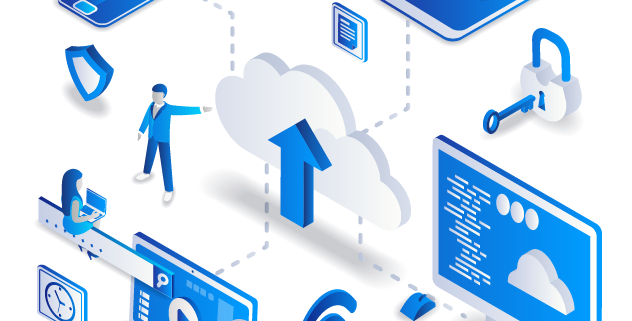
The Client
Our client focuses on transforming the healthcare industry through innovative technology solutions. Their services include developing and implementing digital tools, telehealth platforms, electronic medical records (EMR) systems, and other technologies to improve patient care, streamline operations, and enhance communication between healthcare providers and patients. The company’s purpose revolves around leveraging technology to create more efficient and patient-centric healthcare experiences, ultimately leading to improved outcomes and better access to medical services.
The client wanted to expand its user base to include offshore customers but needed to ensure compliance with local data residency regulations. They needed a solution that provided a more efficient way to deploy resources that was easily repeatable.
The Challenge
By the time they approached Optimus, our client was serving over 2,000 medical offices across Canada, 24/7. Their solutions were hosted on-premises, requiring physical devices, including computers, storage, network devices, and more. Because of the on-premises local deployment model, there was very little expansion flexibility, and they were limited in their ability to scale. They wanted to move the program to a cloud environment and turned to Optimus for a proof of concept. The goals of the project were:
- Migrate the application from a local deployment to a fully hosted Azure Cloud environment.
- Generate the newly deployed environment in Azure using an “Infrastructure as a Code” (IaC) approach.
- Reuse the Terraform code developed for application to replicate the design in newly deployed landing zones in regions like the United States or Australia.
Why Optimus:
A Microsoft Solutions Partner, Optimus Is certified in Azure Infrastructure, Data & AI, and Digital and App Innovation (specializing in infra and database migration as well as enterprise application migration). Because Optimus was highly recommended by Microsoft, had extensive experience with ISVs, and had the flexibility to provide only the required support to the customer with both Azure and Terraform skill sets, they were a clear partner for the project. Their ability to create a long-term roadmap in consultation with the customer was the cherry on top.
The Solution
Optimus conducted a comprehensive review of the current on-premises infrastructure and application requirements. Through this process, Optimus captured both the business and technical needs and developed an enterprise-grade cloud design that would enable the execution of the client’s vision and business strategy.
Why Azure:
Our client is committed to a multi-cloud strategy but were willing to explore Azure. Following a thorough investigation, it became clear that being on Azure would not only give them a proven solution to better deploy resources but also provide them with an opportunity to partner with Microsoft and take advantage of their ISV Partner Programs.
The proposed solution integrated with Microsoft Technology and included the following:
- Cross-region schema was designed for the deployment of resources to ensure the application availability and data backups.
- Infrastructure as Code (IaC): Modularized Terraform code was used for the deployment of Landing Zones.
- Following the Well-Architected Framework approach, three main subscriptions were created for the landing zones:
- Connectivity HUB
- Shared Services
- Application Landing zone
Within each subscription, the Resources Group contained:
- Vnet/SubNets/Network Security Groups/ VPN Gateway / Palo Alto Firewalls Appliances/ Load Balancers / Web Application Firewalls / Public Ips for networking
- Storage accounts for Data location and residency
- Virtual Machines to host SQL servers (BYOL model)
- Key Vaults / Azure Policies /Role Based Access / Security Groups / Azure Active Directory for optimal security
- Azure Site Recovery Vaults and Automated Backup
- Automated updates and patching
The Results
Today, the client can efficiently deploy resources as needed. It can both extend a previously deployed landing zone or create a new one in response to commercial demand for the product. Deploying a new landing zone from scratch in Azure is a near-instantaneous process compared to the traditional approach that requires extensive planning and coordination.
Our client now enjoys the high availability, scalability, and recovery features that cloud solutions offer and can improve their application’s overall performance and reliability.
Contact Optimus today to learn how we can help you leverage cloud services.



